Thanks for that.
you know the one, ... where you know you read or heard it somewhere
but can't quite put your finger on it.
hank
Moderators: William Anderson, letumgo
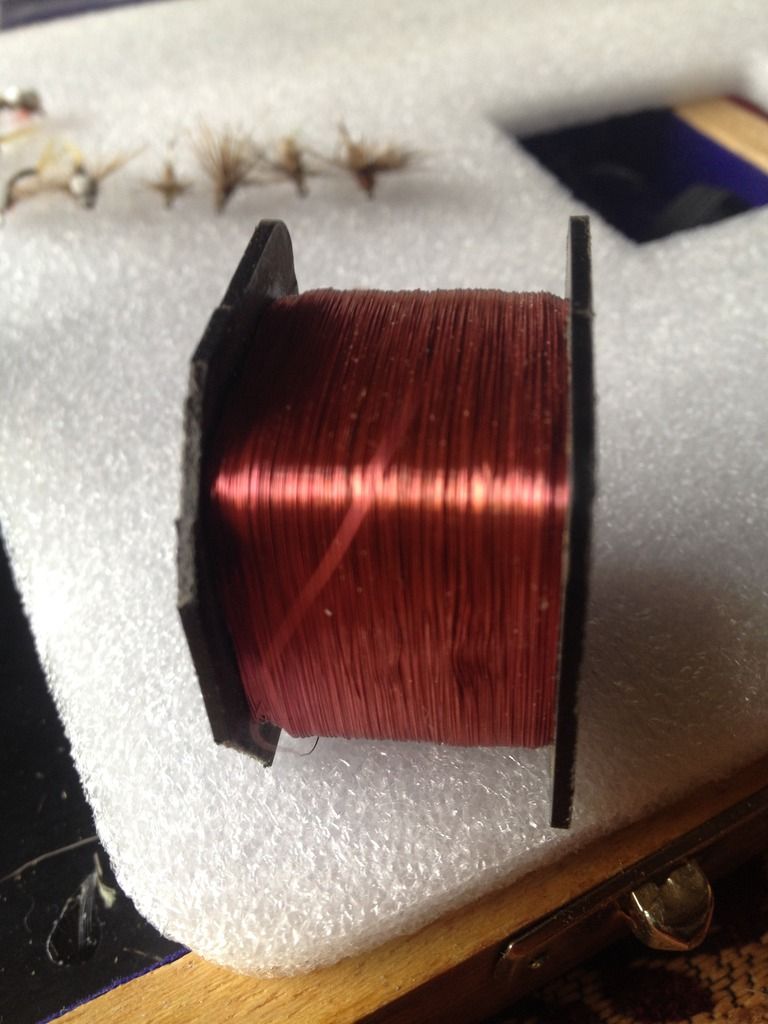
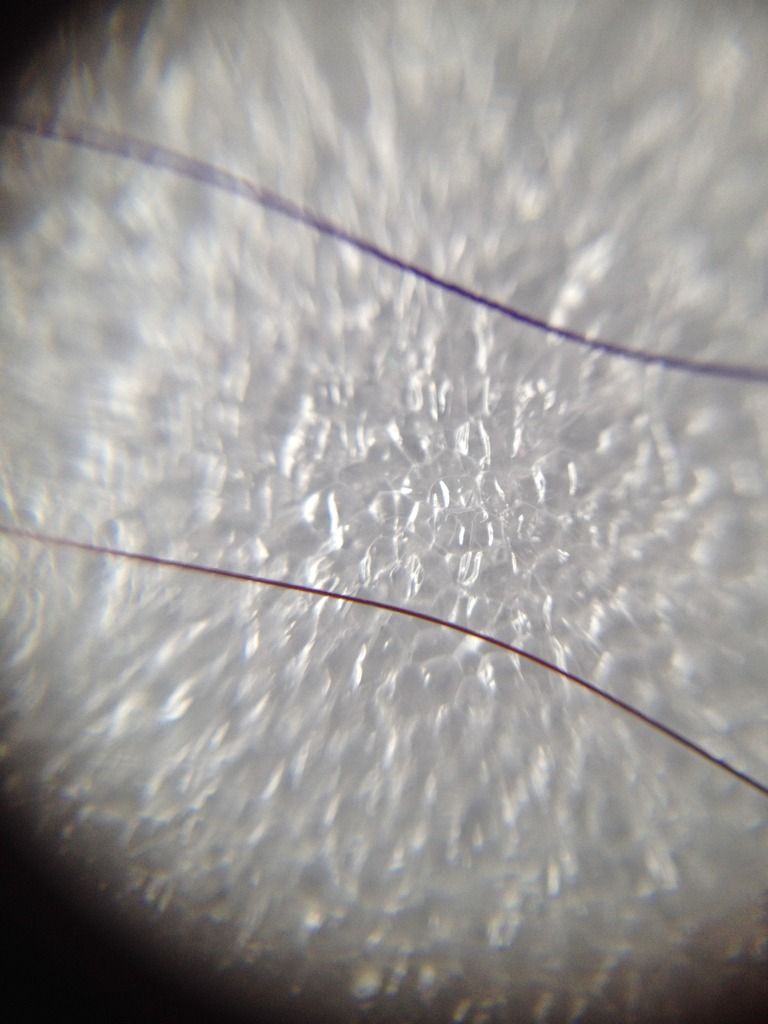
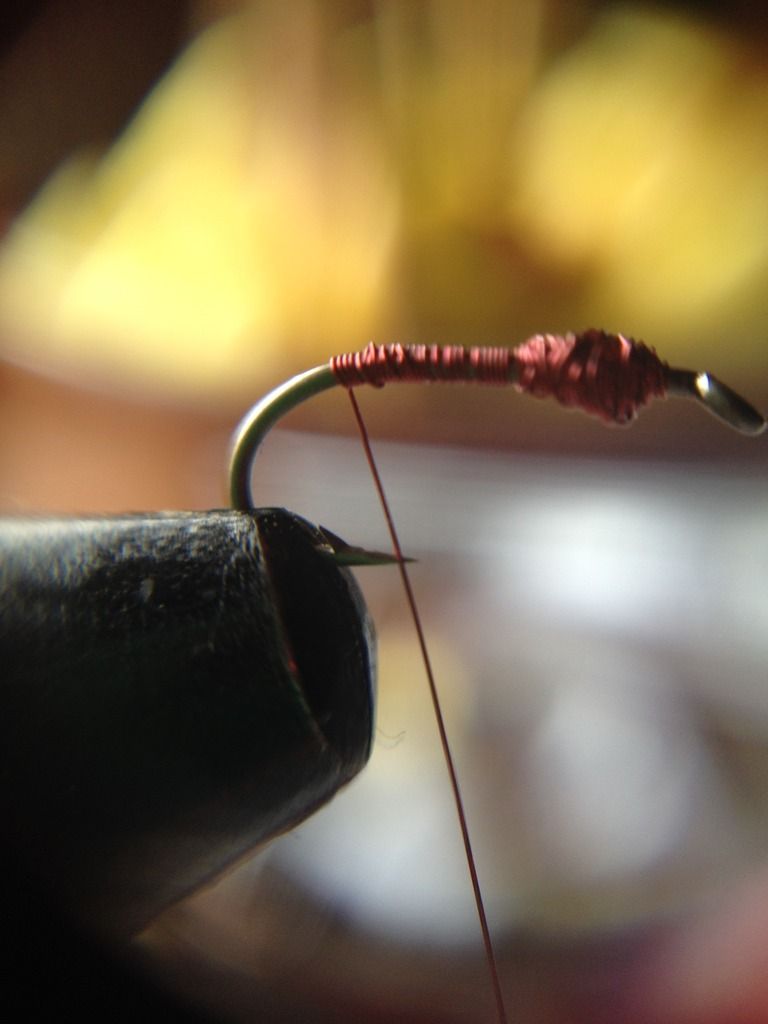
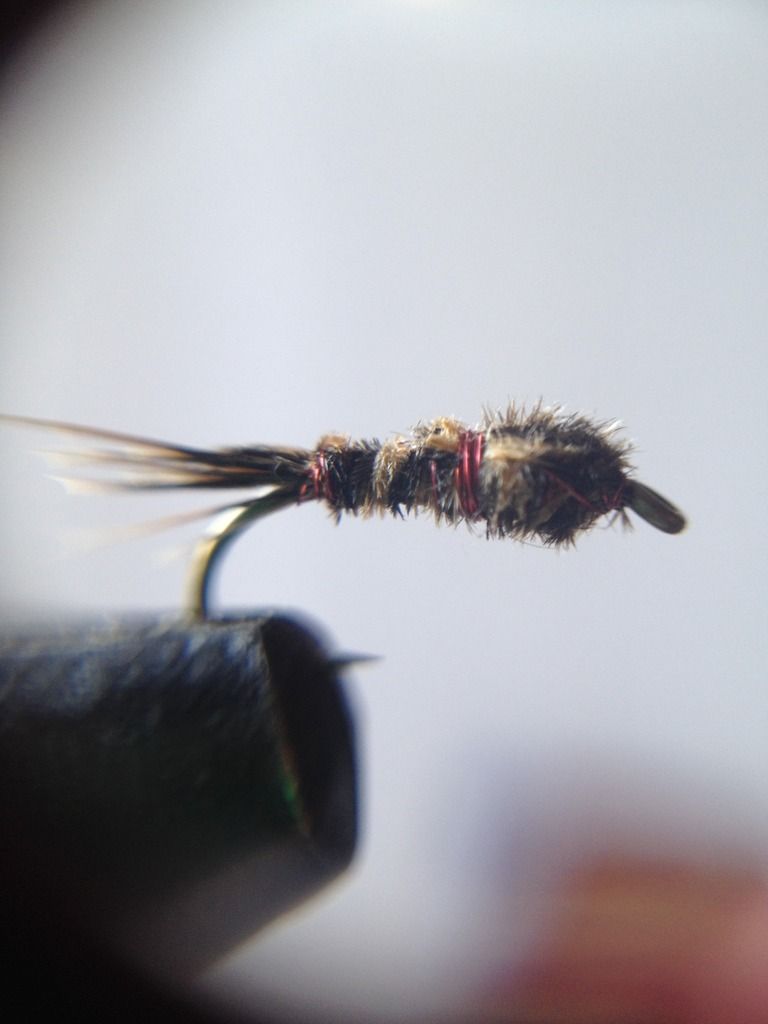
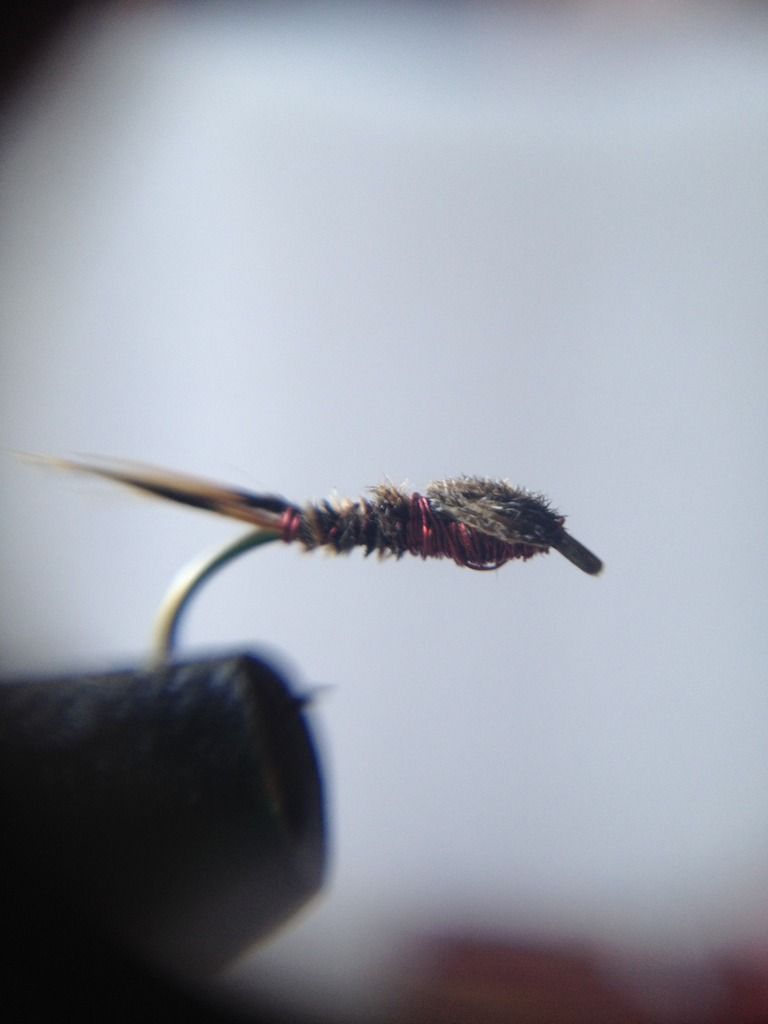
All sound points. I've seen a card of his nymphs, PTN's and Swedish nymphs and though they have a certain look, many from card to card have varied proportions. The most Sawyer-like examples fall away from the third/third/third proportion that I like and have a very short tail, usually tied to the point of curving down the bend a bit with a long abdomin. Very slender. But others more like my offering. I like a longer thorax/wingcase and bring the wing case to the eye, back behind the thorax, back to the eye, then back behind the thorax to tie off. With the ringneck pheasant, even after careful selection for color front and back, you still reach a point where the black portion of the back of the feather comes into play when you go back and forth that many times, which I like for a darkened wing case.Mataura mayfly wrote:William, I have never seen a genuine Sawyer nymph in hand, only photographs, but most seem to be tied on at least a 1XL hook.
If tied on a standard shank hook there is the opportunity to tie a nymph of the proportions that match a 1XL hook of the next size down, so a standard hook #14 can yield a nymph of #16 proportions- thus making a heavier/faster sinking pattern, especially if a heavy gauge wire hook is used. You can also add some wraps of lead wire or lead foil under the copper wire of the thorax to add weight.
Or, you can trail the smaller slender patterns behind a beadhead version where local laws allow for two fly rigs. If not allowed two flies, then go back to good old fashioned split shot.
I do not find your pattern bulky, indeed they look similar to genuine Sawyer nymphs I have seen in dozen lots on a card in photographs elsewhere.